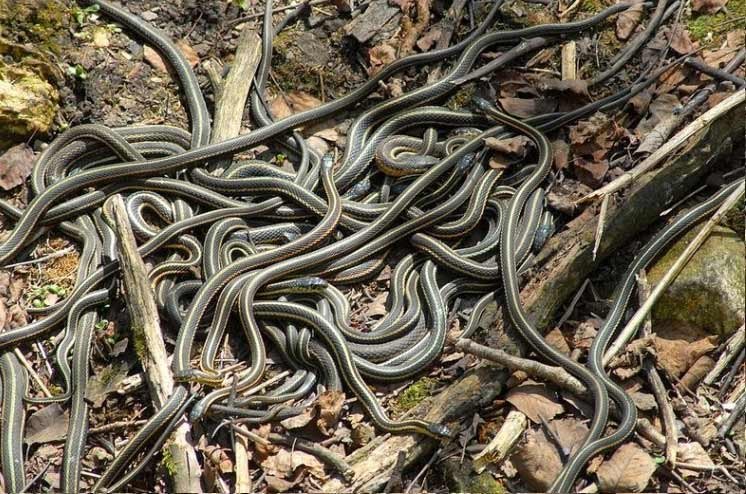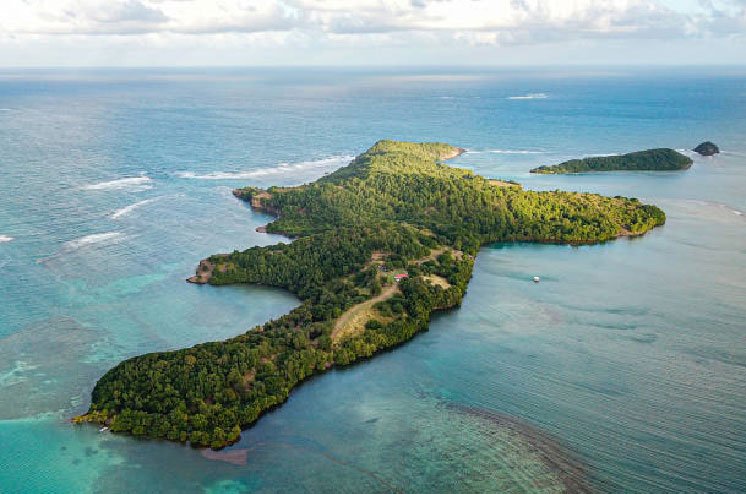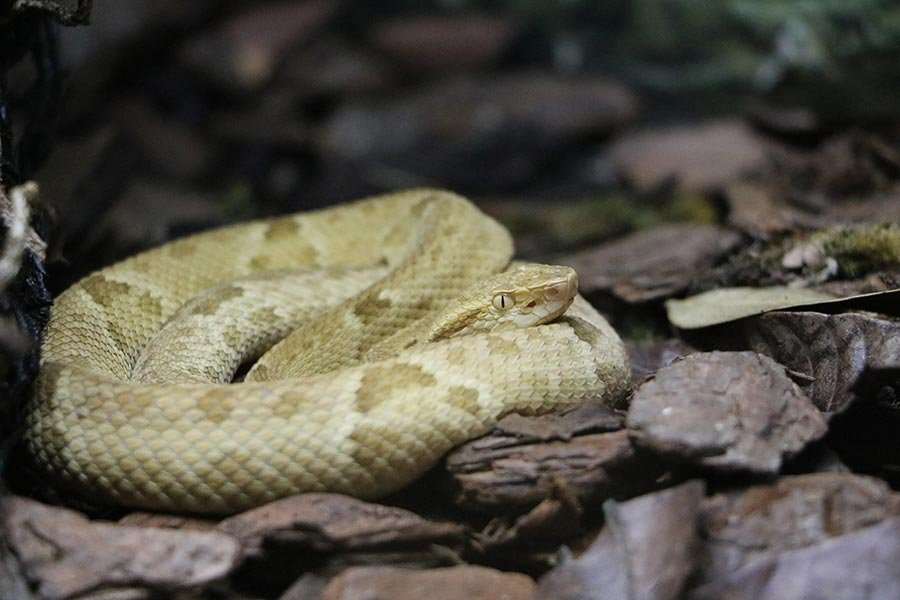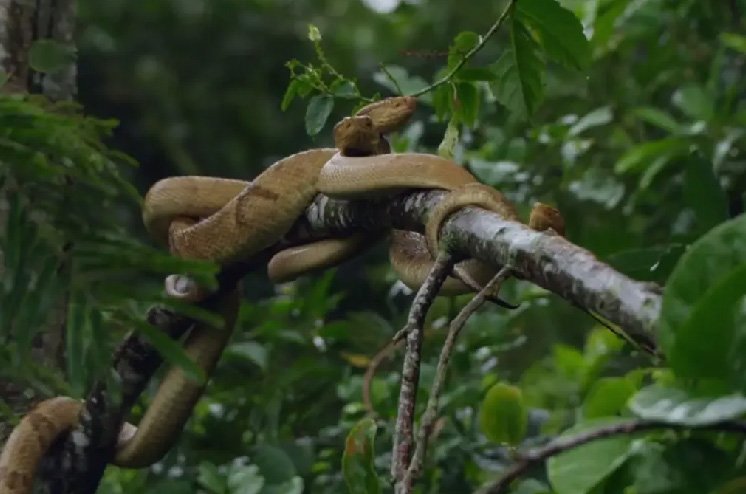For years, Snake Island has been shrouded in a cloak of mystery and fear. With its reputation for being a dangerous and deadly place, the island has become a topic of fascination for thrill-seekers and adventure enthusiasts around the world. However, while the legend of Snake Island has certainly captured the public’s imagination, the truth behind its scary reputation is far more complex.
In fact, it’s often referred to as the “Scariest Place on Planet Earth”. But don’t let the island’s fearsome reputation scare you away just yet! Join us on a journey as we explore the history, mystery, and danger of this unique and captivating place.
What makes Snake Island scariest place on earth?
Snake Island, also known as Ilha de Queimada Grande, is a small island off the coast of Brazil. The island is home to one of the world’s most venomous snakes, the Golden Lancehead, and as a result, has gained a reputation as one of the most dangerous places on earth. According to legend, the island is so infested with snakes that visitors will be attacked as soon as they step ashore, and many who have attempted to explore its shores have never returned.

While this might make for an exciting story, the truth is far more complicated. In reality, Snake Island is a protected nature reserve that is off-limits to visitors, and as a result, has remained largely untouched by human interference. However, despite its status as a protected area, the island’s reputation as a deadly place persists.
The History of Snake Island: Origins and Facts
The history of Snake Island dates back centuries. Originally discovered by Portuguese sailors in the 16th century, the island was used as a stopping point for ships traveling between Africa and Brazil. Over time, the island became a base for pirates and smugglers, who used its hidden coves and rocky terrain to evade detection by authorities.

In the early 20th century, the Brazilian government recognized the value of the island’s unique ecosystem and designated it as a protected nature reserve. Today, Snake Island is home to a diverse range of flora and fauna, including several species that are found nowhere else in the world.
Despite its status as a protected area, Snake Island’s history as a pirate stronghold and smuggler’s den has left its mark. The island is said to be littered with hidden tunnels and underground passageways, many of which were used to store loot and contraband. While these legends may add to the island’s mystique, the truth is that most of these passageways have long since been sealed off or destroyed.
Regarding geography, Snake Island is a rocky outcropping with steep cliffs and jagged shoreline. The island is covered in dense jungle, and much of its interior is inaccessible due to the rugged terrain. This unique landscape has helped to preserve the island’s delicate ecosystem and has made it a popular destination for researchers and naturalists.
The Venomous Golden Lancehead Snake: A Deadly Threat
One of the main reasons for Snake Island’s scary reputation is the presence of the Golden Lancehead snake. This species is endemic to the island and is one of the most venomous snakes in the world. The snake’s venom is said to be so potent that a single bite can kill a human in under an hour.

While the idea of being bitten by a deadly snake might be terrifying, the truth is that encounters with the Golden Lancehead are extremely rare. Because the island is off-limits to visitors, very few people have had the opportunity to see these snakes in the wild. In fact, it’s estimated that there are only a few thousand Golden Lanceheads left in the world, making them an endangered species.
Despite their rarity, the Golden Lancehead snakes are a critical part of Snake Island’s ecosystem. These snakes play an important role in regulating the island’s rodent population, and without them, the island’s delicate balance could be disrupted.
In terms of their venom, the Golden Lancehead’s toxin is a complex mixture of enzymes and proteins that can cause a range of symptoms in humans. These symptoms include nausea, vomiting, dizziness, and difficulty breathing. In severe cases, a bite from a Golden Lancehead can lead to paralysis, hemorrhaging, and even death. The species has evolved to become particularly venomous due to its isolated habitat and lack of natural predators. It is also considered endangered due to declining population numbers. The length of the Golden Lancehead Viper ranges from about 50 to 70 cm, and its venom is a powerful hemotoxin.
The Treacherous Terrain of Snake Island: Exploring Its Landscape
In addition to its venomous inhabitants, Snake Island’s unique landscape also presents a number of challenges for visitors. The island’s rocky shoreline and jagged cliffs make it difficult to access by boat, and its dense jungle and rugged terrain can be treacherous to navigate on foot.
One of the biggest challenges for visitors to Snake Island is the risk of falling. The island’s steep cliffs and rocky terrain can be slippery and unstable, and anyone attempting to explore the island’s interior needs to be extremely careful. In addition, the island is home to a number of hidden sinkholes and underground caverns, which can pose a serious hazard to anyone who ventures too close.
Despite these challenges, many people are drawn to Snake Island for its unique beauty and untouched wilderness. The island’s rugged coastline, crystal-clear waters, and lush jungle make it a breathtaking destination for photographers and adventurers alike.
The Island’s Dark Legends: Separating Fact from Fiction
One of the most enduring aspects of Snake Island’s reputation is its association with dark legends and mysterious myths. For years, stories have circulated about buried treasure, secret military bases, and even a band of pirates who still call the island home.

While some of these legends may have a grain of truth to them, most are simply the result of imagination and hearsay. In reality, there is little evidence to support any of these claims, and most researchers believe that they are nothing more than fanciful stories.
That being said, the legends surrounding Snake Island have certainly helped to contribute to its reputation as a scary and dangerous place. The idea of hidden treasure and long-lost secrets is a tantalizing one, and it’s easy to see why so many people are drawn to the island’s mystique.
Visiting Snake Island: Is It Really Worth the Risk?
Given all of the challenges and risks associated with visiting Snake Island, the question remains: is it really worth it?
For most people, the answer is no. Because the island is off-limits to visitors, the only way to explore it is to obtain special permission from the Brazilian government. Even then, the logistics of reaching the island can be incredibly difficult, and visitors must be accompanied by an experienced guide at all times.
In addition, the risks associated with encountering a Golden Lancehead or falling on the island’s rugged terrain are very real. While these risks can be mitigated by taking appropriate precautions and being accompanied by an experienced guide, they cannot be eliminated entirely.
For those who are willing to accept these risks, however, the rewards of visiting Snake Island can be substantial. The island’s untouched wilderness and unique beauty make it a photographer’s paradise, and its fascinating ecosystem and rare wildlife are a draw for scientists and nature lovers alike.
Ultimately, the decision to visit Snake Island is a personal one and depends on a variety of factors, including your level of risk tolerance, your interest in nature and wildlife, and your willingness to navigate difficult terrain and obstacles.
The Legacy of Snake Island’s Scary Reputation
In conclusion, the reputation of Snake Island as a dangerous and deadly place is largely a myth. While the island is home to a number of venomous snakes and presents a number of challenges to visitors, it is not the death trap that many people believe it to be.
At the same time, however, it is clear that the island’s reputation is unlikely to change anytime soon. The myths and legends that have grown up around Snake Island are deeply ingrained in popular culture and have been perpetuated by countless books, movies, and television shows.
Despite this, however, it is important to remember that the true story of Snake Island is one of natural beauty, unique wildlife, and a fragile ecosystem that is in need of protection. By separating fact from fiction and exploring the truth behind the island’s scary reputation, we can gain a deeper appreciation for this incredible place and work to ensure that it remains a wild and untouched paradise for generations to come.
Read more from the website:










